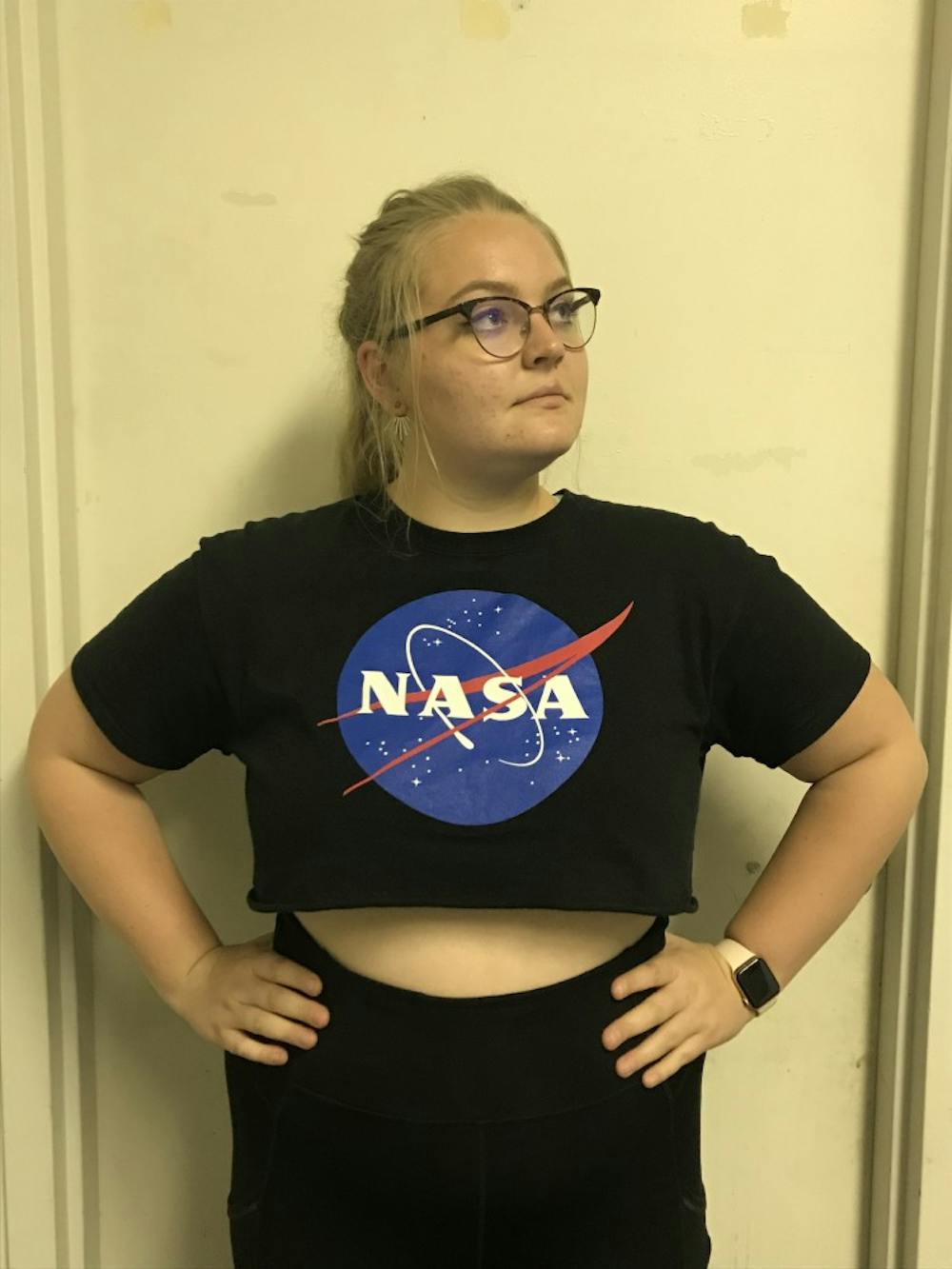The American President isn’t usually the first person that comes to mind when you think of major influencers in the scientific community. Yet, the nature of the position means that they actually have a lot of impact on various areas within the STEM field, including the environment, funding for research and space exploration. To really understand what a president can do to science and tech, we must look to the past.
Under the Constitution, the President has the authority to sign bills into law, make treaties, appoint Cabinet members and Supreme Court Justices and enact and enforce executive actions, among other things. The ability to appoint and oversee executive departments and agencies is a role of special importance to the scientific community, as these bodies oversee national concerns — from environmental protection to medical research and education.
Additionally, executive actions can have serious implications for many areas of science. Stem cell research, for example, is a promising venue for studying human disease and potentially developing treatments or cures. In 2001, former President George W. Bush prohibited federally-funded research on new embryonic stem cell lines. While this did allow for research on existing lines to continue, the lines were relatively homogenous. The 21 cell lines available for research use featured little ethnic diversity and were unable to be used to study certain diseases, including Parkinson’s. The hit the field hard, with the National Institutes of Health (NIH) only allotting a meager $300 million in funds to embryonic stem cell research over the eight years in which the policy was in place.
When former President Barack Obama took office in 2009, he revoked Bush’s executive order and received acclaim from members of the scientific community. Though federal legislation still restricts certain aspects of stem cell research, the example of this field highlights how much power the president can have over funding of scientific research.
Now a revered institution with high public approval, the National Aeronautics and Space Administration (NASA) was founded by former President Dwight D. Eisenhower in 1958. While the agency was founded in part due to competition with the Soviet Union over space travel and exploration, throughout its existence NASA has affected millions of Americans, and changed the narrative around space and science in general. Children grow up with dreams of becoming astronauts, and the NASA logo has become a common feature on trendy clothes. The actions of a president led to the development of one of the most famous, and most revered, bodies of the U.S. government.
As illustrated by the examples of NASA and stem cell research, Presidents can either harm or help the scientific community.
Many people view our current president Donald Trump as an opponent of STEM. Though he did sign two bills supporting the advancement of women in STEM fields in March of 2017 and recently announced plans for a NASA mission to Mars, he removed the U.S. from the Paris Climate Accord in 2017. Trump has also advocated for reductions in environmental regulations, proposed significant cuts to NIH’s budget and his Chinese tariffs have affected the import of foreign-produced technology, like microscopes and parts for X-ray imaging machines. Whether one feels his actions have been positive or negative, it would be hard to argue that he hasn’t impacted the scientific community significantly during his term.
According to a recent CBS News poll, 64 percent of Americans view climate change as either a “crisis” or “serious problem” facing our country. Concern over the state of our environment has taken center stage among democratic presidential candidates, and CNN even hosted a climate crisis town hall earlier this month. Estimates for the worldwide attendance of the youth climate strike last week have been as high as four million. Clearly, you don’t have to be a scientist or engineer to feel the effects of presidential actions on science.
I’m sorry if you thought being a STEM major meant you didn’t have to worry about politics, but unfortunately that is not the case. Two of the biggest issues in the 2020 election so far are climate change and health care reform, both of which require the input of those versed in STEM to be solved.
Additionally, if you are currently or seek to be employed in research, then federal funding should seriously concern you. Don’t worry though, you don’t need to devote hours to researching candidates and their policies, because I’ll be doing it for you. Get ready, because the Democratic candidate pool is overflowing, and we’re just trying not to drown.





